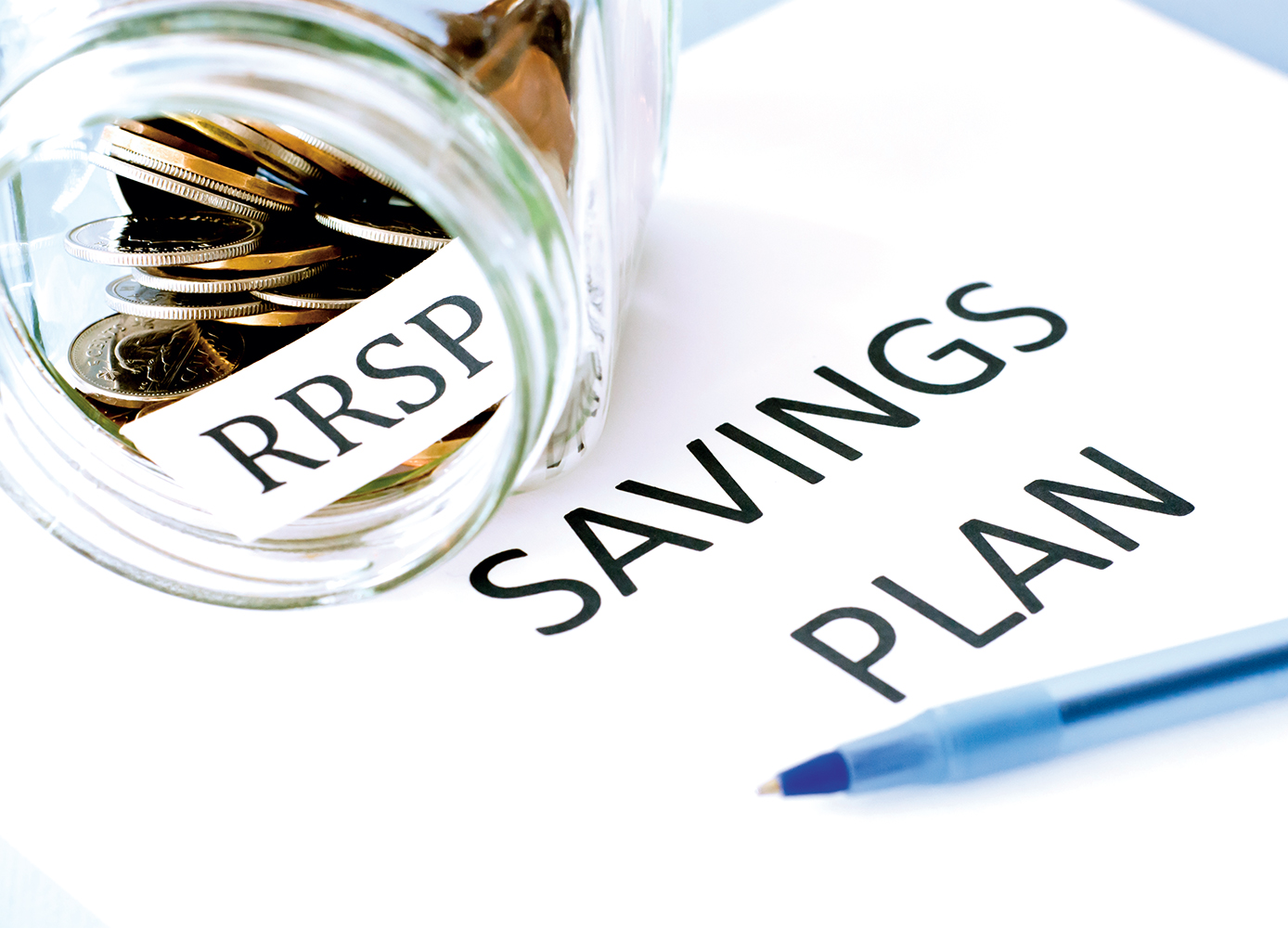Why would you put tax-free money into an RRSP if it’ll become taxable when you eventually withdraw it? Read on….
By Olev Edur
Should you put an inheritance into an RRSP?
“I read an article recently by a financial planner who suggested that sometimes retirees who come into inheritances should consider putting the money into an RRSP,” one Good Times reader wrote recently. “But that’s tax-free cash and it would become taxable once you took the money out of the RRSP. Where’s the sense in that?”
On the face of it, this seems a reasonable question, similar to those posed by several other readers in recent months. And it applies not only to inheritances but to any source of tax-free money. People approaching or in retirement may, for example, sell their family homes once the kids have grown and are on their own, and then downsize to a smaller house, to an easier-to-maintain condominium, or sometimes to rental accommodations. In these cases, too, there’s likely to be a sizable tax-free sum available afterwards.
What to do with this money? The answer depends on your specific circumstances, but in some cases, it can indeed be quite advantageous to contribute it to an RRSP, provided of course that you still have sufficient contribution room. And yes, in a sense, you are converting tax-free cash into money that will be taxed when it is withdrawn from the registered plan. But the key point to remember is that when you make the contribution, you get a tax deduction for that full amount, and that deduction can be carried forward indefinitely, in whole or in part.
The operative word here is deduction. Unlike tax credits, such as the allowable yearly non-refundable basic personal amount—a fixed dollar credit based on the lowest marginal tax rate—a tax deduction is applicable to your highest marginal rate. This is an important distinction if your income level is going to be falling significantly between the time you make the RRSP contribution and the time you withdraw the money.
Canada Revenue Agency (CRA) income statistics for 2017 (the most recent stats available) show, for example, that among the more than 1.9 million taxpayers aged 65 to 69, about 37 per cent reported earnings from employment, business, a profession, or farming/fishing. Eventually these people are going to stop working, and in the vast majority of cases, their incomes are going to drop as a result, often quite dramatically, so their top marginal tax rate will drop, too. Similarly, if a retiree happens to have a very good investment year, he or she may be propelled into a high tax bracket for that year, but then his or her income may fall back to more normal levels in future years. In all these situations, there may be a substantial benefit to putting some extra money into an RRSP, even if the source is tax-free cash, so the resulting deduction can be used to offset that high rate of taxation.
How much of a benefit can be derived from this strategy? It depends on your province of residence. Marginal tax rates vary considerably by province—for 2020, the bottom rate ranges from 20.06 per cent (British Columbia) to 27.53 per cent (Quebec).
It also depends on how much your income drops in relation to marginal rates in your province. For example, say you lived in Nova Scotia, were working, and collecting Canada Pension Plan (CPP) and Old Age Security (OAS) benefits, earning a total income of $60,000. If you had $35,000 of tax-free cash to put into an RRSP, you could use the resulting deduction to reduce your current tax bill by a hefty $11,030!
Of course, you’ll also have a tax bill down the road as that $35,000 is withdrawn from the RRSP. But after you quit work and your future annual income falls to, say, $25,000 (OAS and CPP, plus perhaps a small pension), if you were able to withdraw that $35,000 over, say, seven years so almost all of it was taxed at a rate of 24.32 per cent (on income up to $29,590), you’d end up paying about $8,600 in total on that money, or $2,430 less ($11,030 minus $8,600) than if you had paid the tax bill this year and didn’t contribute to the RRSP.
Furthermore, since RRSP deductions can be carried forward indefinitely, if you were planning to work for a few more years and had enough tax-free cash (and RRSP contribution room) to make a larger contribution, you could use the deduction to offset your higher-taxed income in each of those years. If, for example, you contributed $70,000, you could offset your higher-taxed income for two years, reducing your current tax by a total of $22,060, and by stretching RRSP (or RRIF) withdrawals over the following 14 years, on which you would pay a total of $17,200 in tax, your net savings would be $4,860 ($22,060 less $17,200).
Even if you took the money out over a shorter period—five years, for example—or contributed a larger amount and took out more each year, you could still save money, albeit at a lower rate. Nova Scotia’s marginal tax rate rises to 30.48 per cent on income from $29,590 to $46,605, for example, so you could still avoid the 35.98 and 37.7 per cent rates that would apply on income above $46,605. The point is, even by spreading the withdrawals over a few years, you’d still come out ahead. In fact, the only way you could lose is by withdrawing so much in one year that you push your income beyond the level you were trying to offset in the first place.
And there’s more—instead of going to Ottawa right away, all that money in your RRSP can continue to compound tax-free until it’s withdrawn, possibly many years later. It’s impossible to generalize about how much more profit this time value would add to the equation, because investment growth rates can vary from year to year (as we’ve learned lately). The result also depends on marginal tax rates, as well as on the length of time the money can compound. It’s quite conceivable, however, that this factor could add thousands of dollars more to that original $4,860 in net savings, even at modest investment growth levels.
So the bottom line in answer to our original question is that, yes, sometimes it can make great sense to turn tax-free cash into taxable RRSP withdrawals. If your income now is higher than it will be in future, it’s certainly a strategy worth considering, although there also are a few caveats involved.
If, for example, your future income is going to be so low that you’d be entitled to Guaranteed Income Supplement (GIS, which currently is available until your income from all sources except OAS exceeds $18,600), then RRSP contributions may be counterproductive because of the 50 per cent GIS clawback based on future withdrawals.
The foregoing Nova Scotia example is relatively straightforward, but in other cases, the cost/benefit calculation can be quite complex. As a result, you should seek the advice of a financial planner well-informed about our government benefit programs in order to help ensure that you make the correct decisions with respect to large RRSP contributions.
Putting tax-free money into an RRSP certainly can be advantageous in some cases, but it’s not a strategy suitable for every retiree who happens to have some cash on hand.
Photo: iStock/FatCamera.






